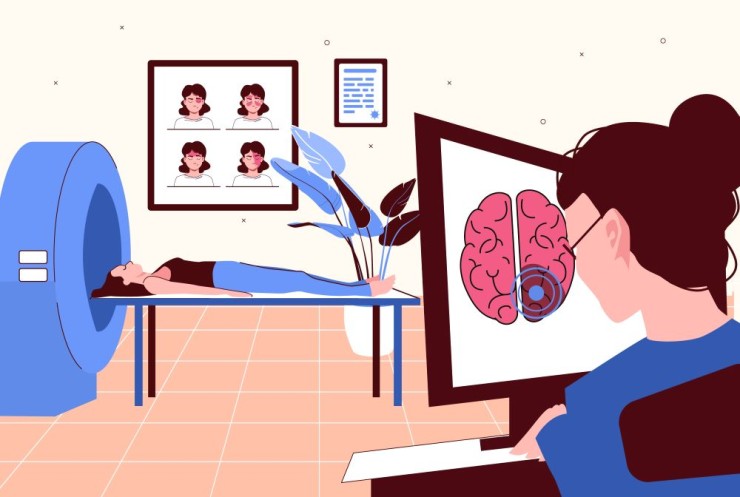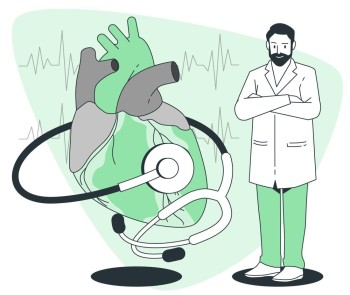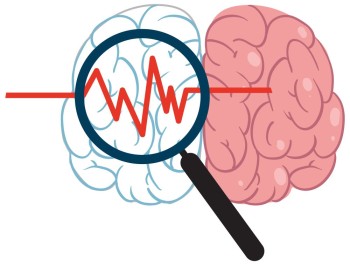
₹7,200
₹9,000
Magnetic Resonance Imaging (MRI) of the brain with a focus on the pituitary gland is a specialized imaging technique used to visualize the pituitary gland, a small, pea-sized gland located at the base of the brain.
Category:
MRI Scan



